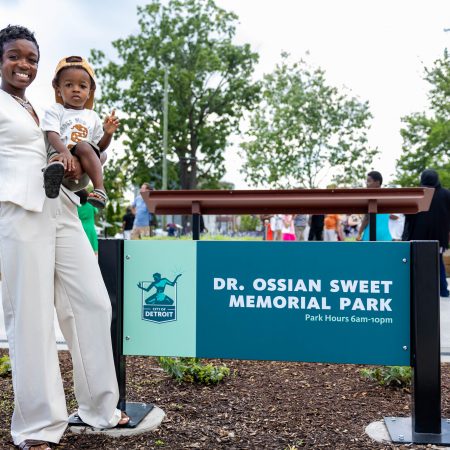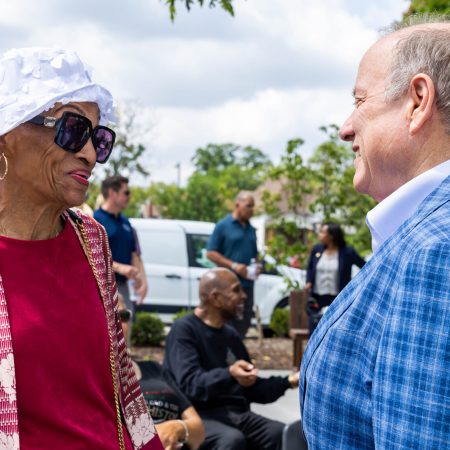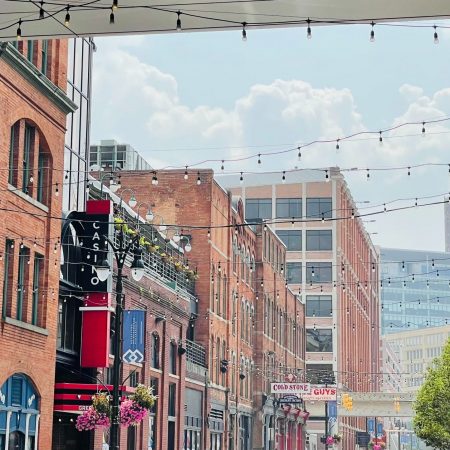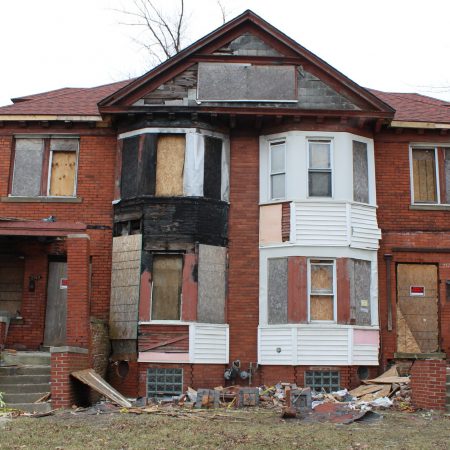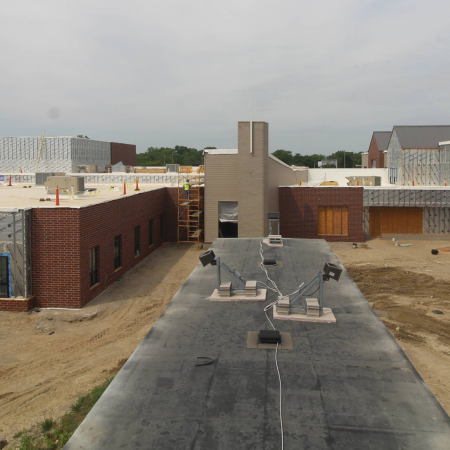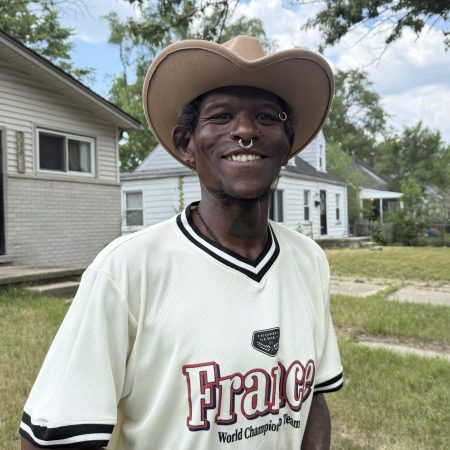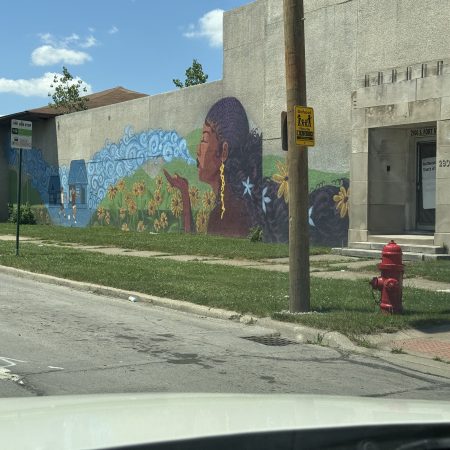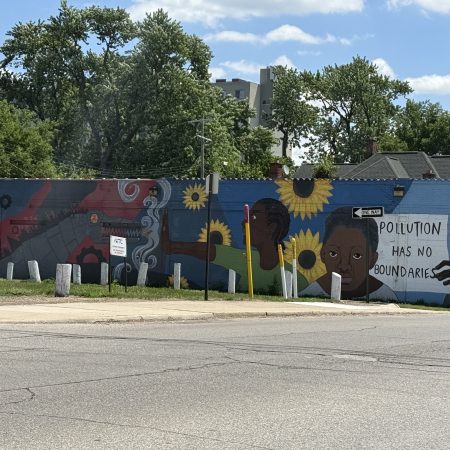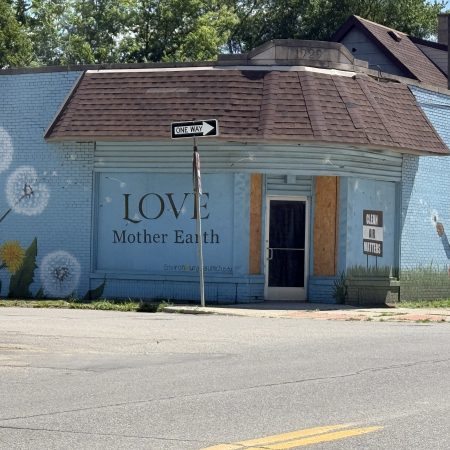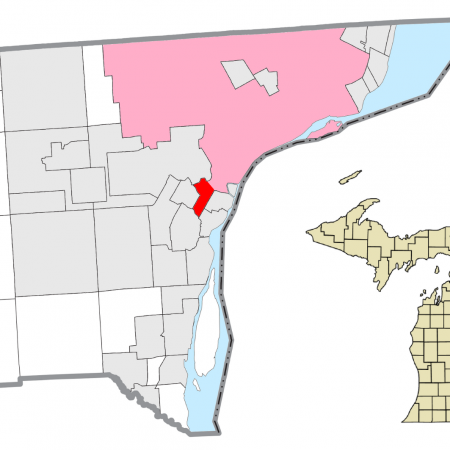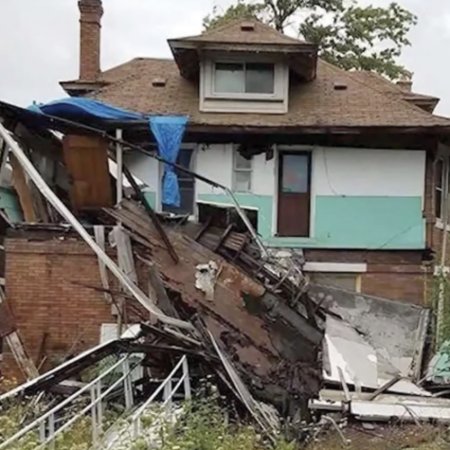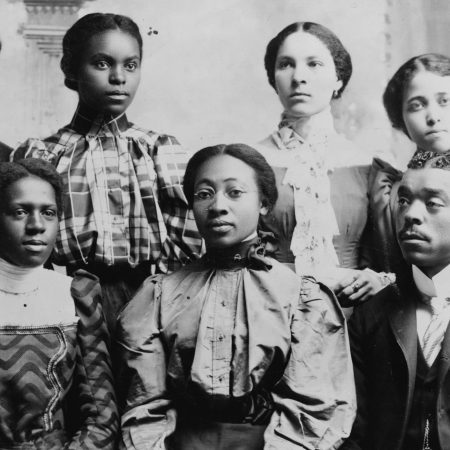Detroit opens the Dr. Ossian Sweet Memorial Park

Detroit held a ribbon-cutting ceremony this week for a new educational park in the East Village Neighborhood.
The Dr. Ossian Sweet Memorial Park tells the story of an African American physician whose family was attacked by an angry mob in 1925 after they moved into an all-white neighborhood.
The home is now owned by Danny Baxter, whose parents bought the home from the Sweets.
When he was 10, a local newspaper approached his family to ask about the Sweet home. When asked if he knew what had happened there, Danny replied “Yes, a Black man killed a white man and didn’t go to jail for it.”
Shortly after the Sweets moved into their home, they defended themselves against an angry mob that surrounded the house, firing shots and killing one of the agitators. Sweet, his wife, brother, and eight others were charged with murder. The judge declared a mistrial.
However, the court accepted a motion to sever the defendants and try Henry Sweet, Ossian’s youngest brother. An all-white jury acquitted Henry and the prosecutor dismissed all charges against everyone.
Danny Baxter recalled learning the story from a collection of newspaper clippings his family had on the history of the home.
He made it a goal of his to one day share the story with the world.
He spoke with WDET’s Bre’Anna Tinsley about the renovations done to his home and others on the block, as well as the new Ossian Sweet Memorial Parks.

The following interview has been edited for clarity and length
Danny Baxter: At that particular moment, I just learned the history of the house. And, you know, the thing that was very impactful for me was the fact that it was a Black family who stood up that way. You know, at that time, I knew nothing of those types of movements, so I was very impressed with the fact that they would do something like that in 1925 and then I am a direct beneficiary of that. So that was so exciting to learn, and it just piqued my interest. And all my life, I’ve been telling the story about Dr. Ossian Sweet, his wife, Gladys, brothers, and Henry.
Bre’Anna Tinsley: I assume you had input on the updates that were made here.
DB: We worked together from the restoration of the historical home to the park, and then conversations even about the homes, because one of the first conversations was about the two homes that are significant to the history. The gentleman that got shot in the back. His name was Leon Breiner. He was at the greenhouse. And then the young man, who got shot in the leg, Eric Hofburg, 16-year-old, lived upstairs in the yellow house. At the time when we talked about the restoration, they were dilapidated. They were about to tip over. In fact, the yellow house had a big hole right in the roof, so it flooded out the basement. So one of the early conversations was that when me and the mayor met and talked, he didn’t want these houses to be torn down and destroyed, so he issued a requirement and standard to make sure that this work was done. And as you can see, it’s beautiful.
BT: Talk about the park itself. Then we have all of these informational podiums out here, the flowers and everything. Can you talk about the design and the input?
DB: The park tells the story. You have a timeline, and then you have all of the incidents that have occurred leading up to. The trial, and even beyond that, to the point where my family purchased it in 1958, so it tells a story about the house that lives on the corner of God, that reside that rests upon the corner of Garland and Charlevoix.
Support local journalism.
WDET strives to cover what’s happening in your community. As a public media institution, we maintain our ability to explore the music and culture of our region through independent support from readers like you. If you value WDET as your source of news, music and conversation, please make a gift today.The post Detroit opens the Dr. Ossian Sweet Memorial Park appeared first on WDET 101.9 FM.
